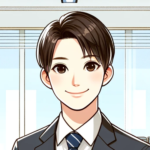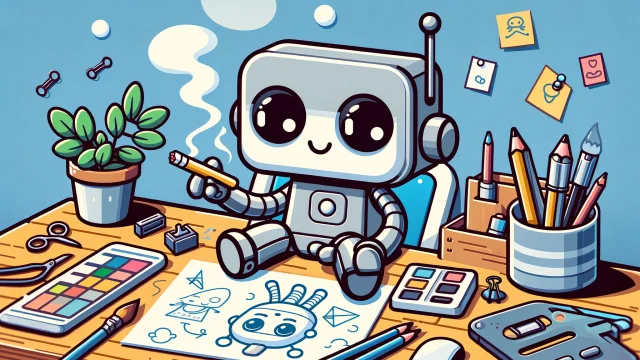What Are the Dragon Ball Rules? A Guide to the Mystical Guidelines of the Dragon Ball Universe
- What Are the Dragon Ball Rules? A Guide to the Mystical Guidelines of the Dragon Ball Universe
- 1. The Fundamental Rules of the Dragon Balls
- 2. Key Limitations of the Dragon Balls
- 3. The Aftermath of Using the Dragon Balls
- 4. Special Rules for Different Types of Dragon Balls
- 5. Consequences of Breaking the Rules
- 6. The Importance of the Dragon Ball Rules in the Storyline
- 7. Conclusion: The Balance of Power in the Dragon Ball Universe
What Are the Dragon Ball Rules? A Guide to the Mystical Guidelines of the Dragon Ball Universe
The Dragon Balls are mystical orbs central to Akira Toriyama’s Dragon Ball series. Scattered across the universe, they grant wishes to those who collect all seven. However, these incredible artifacts come with a set of rules and limitations that govern their use. These “Dragon Ball rules” are critical for maintaining balance and preventing abuse of their power.
This article explores the key rules of the Dragon Balls, their variations across different series, and how they impact the storyline.
1. The Fundamental Rules of the Dragon Balls
1.1 Collecting All Seven Balls
- To summon the Eternal Dragon and make a wish, the seeker must gather all seven Dragon Balls.
- The Dragon Balls are usually scattered across vast areas, requiring tools like the Dragon Radar for efficient collection.
1.2 Summoning the Eternal Dragon
- Once collected, the Dragon Balls must be placed together, and the summoner must chant the incantation to call forth the dragon:
- Earth’s Dragon (Shenron): “Come forth, Shenron, and grant my wish!”
- Namek’s Dragon (Porunga): Requires the summoner to speak in the Namekian language.
1.3 One Wish at a Time
- Initially, the Earth’s Dragon Balls could only grant one wish per summoning. However, upgrades to the Dragon Balls later allowed multiple wishes:
- Two wishes after Dende modified them.
- Three wishes with Porunga on Namek.
2. Key Limitations of the Dragon Balls
2.1 Power of the Dragon
- The Eternal Dragon’s power is limited to the capabilities of its creator:
- For example, Shenron cannot exceed the abilities of Kami or Dende, who created the Earth’s Dragon Balls.
- Porunga, created by the Namekian Grand Elder, is generally more powerful and has fewer restrictions.
2.2 Reviving the Dead
- The Dragon Balls can revive individuals or groups, but there are limitations:
- Shenron could only revive a person once until Dende upgraded the Earth’s Dragon Balls.
- Porunga has no such restriction, allowing multiple revivals for the same person.
2.3 Size of Wishes
- Wishes that affect larger populations (e.g., reviving all those killed by Frieza) are often restricted by the dragon’s capabilities and the size of the group.
3. The Aftermath of Using the Dragon Balls
3.1 Dragon Balls Become Inert
- After granting a wish, the Dragon Balls turn into stone and cannot be used again until they recharge:
- Earth’s Dragon Balls take one year to recharge.
- Namekian Dragon Balls take 130 days due to Namek’s shorter year.
3.2 Re-Scattering
- After use, the Dragon Balls scatter across the world (or the galaxy in some cases), requiring collectors to search for them again.
4. Special Rules for Different Types of Dragon Balls
4.1 Black Star Dragon Balls
- Found in Dragon Ball GT, the Black Star Dragon Balls have unique and dangerous rules:
- They scatter across the universe after use.
- If not returned to their original planet within one year, the planet will be destroyed.
4.2 Super Dragon Balls
- Introduced in Dragon Ball Super, the Super Dragon Balls are the most powerful and come with their own set of rules:
- They are planet-sized and scattered across Universes 6 and 7.
- Zalama, the dragon created by the Super Dragon Balls, can grant virtually unlimited wishes.
- No known limits apply to the Super Dragon Balls, unlike their smaller counterparts.
5. Consequences of Breaking the Rules
5.1 Eternal Dragon’s Refusal
- The Eternal Dragon can refuse a wish if it violates its rules or exceeds its creator’s power.
5.2 Misuse of the Dragon Balls
- Misusing the Dragon Balls often leads to unintended consequences, such as:
- King Piccolo’s Revival: The Dragon Balls were used for evil purposes, leading to the death of their creator, Kami, and the temporary loss of the Dragon Balls.
- Black Star Dragon Balls: Their misuse in Dragon Ball GT nearly caused Earth’s destruction.
6. The Importance of the Dragon Ball Rules in the Storyline
The rules of the Dragon Balls are integral to the plot of Dragon Ball, creating stakes and limitations that challenge the characters. For example:
- In the Frieza Saga, the restrictions on wishes force the characters to strategize about who to revive first.
- In Dragon Ball GT, the rules of the Black Star Dragon Balls drive the entire storyline, pushing the characters to explore new worlds.
7. Conclusion: The Balance of Power in the Dragon Ball Universe
The Dragon Ball series emphasizes that even ultimate power must come with rules and limits. These guidelines prevent the Dragon Balls from being a “get-out-of-jail-free card” and add depth to the narrative by introducing challenges and consequences.
By understanding and respecting the Dragon Ball rules, characters—and fans—appreciate the responsibility that comes with wielding such immense power.

